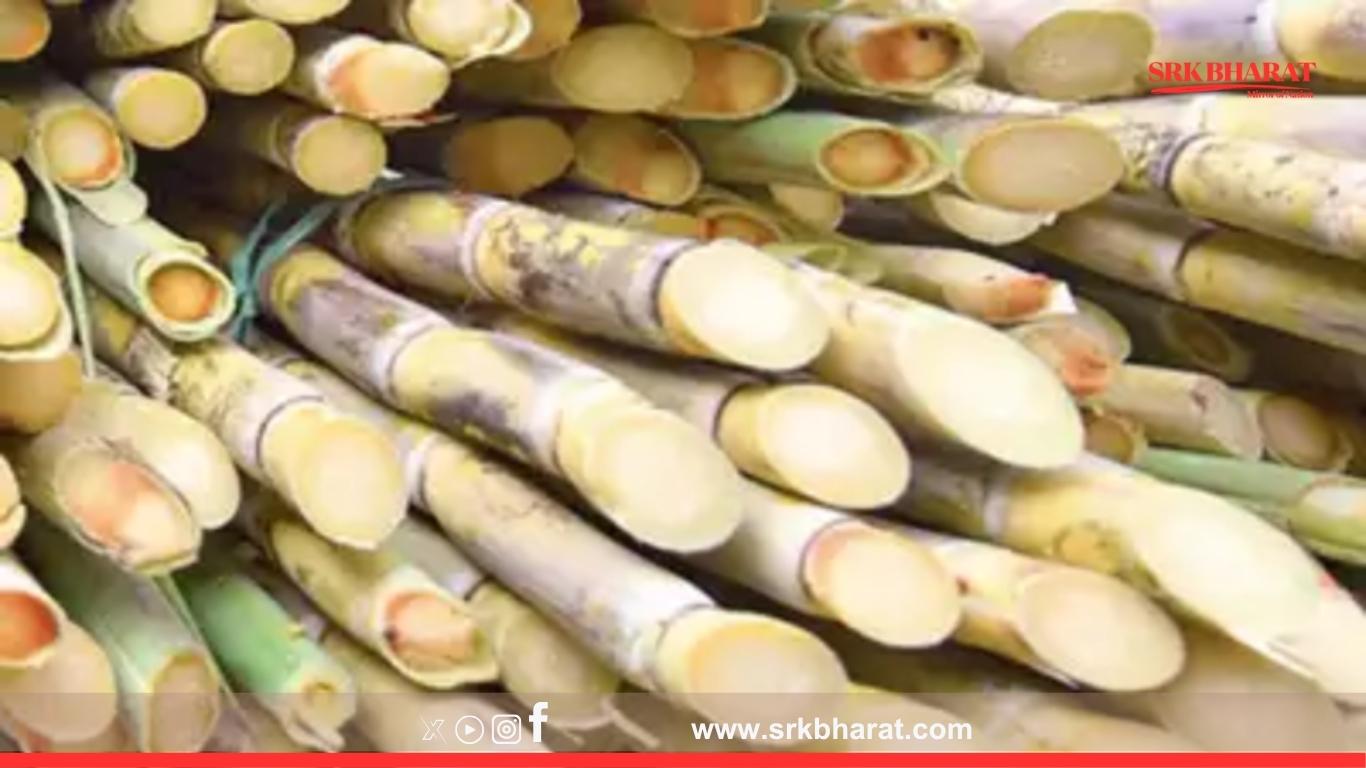India’s sugar industry has recorded an unprecedented growth milestone, crossing the Rs 1.3 lakh crore mark in annual turnover. Union Minister for Consumer Affairs, Food and Public Distribution Pralhad Joshi said this landmark demonstrates the sector’s powerful role in catalysing rural prosperity, enhancing farm incomes, and securing India’s energy future via ethanol blending.
Sugar Industry’s Rising Contribution To The Economy
According to industry data collated from leading sugar mills and cooperative federations, the sector’s annual value has grown rapidly over the past decade, driven by:
- Robust sugarcane production in Uttar Pradesh, Maharashtra, Karnataka, Gujarat, and Tamil Nadu.
- Increased global exports following policy support, helping millers clear farmer arrears.
- Expansion of ethanol production for blending with petrol under the National Biofuel Policy.
Industry bodies note that from around Rs 80,000 crore in annual value five years ago, sugar has now crossed the Rs 1.3 lakh crore mark, an increase of over 60%, despite fluctuating international prices.
Union Minister Praises Industry’s Multifaceted Role
In a statement released on Tuesday, Minister Pralhad Joshi emphasised:
“The sugar industry is not just producing sugar for domestic consumption and exports, but it is also supporting India’s green energy goals through ethanol blending. This is a clear example of an industry that combines economic growth with environmental sustainability, ensuring prosperity for farmers and energy security for the nation.”
He highlighted that timely policy interventions such as export incentives, minimum selling price (MSP) mechanisms, and blending mandates have stabilised the industry’s financial health and empowered rural economies.
Key Performance Metrics Of India’s Sugar Sector
| Parameter | 2018 | 2023 | 2025 (Projected) |
|---|---|---|---|
| Annual turnover (Rs crore) | 80,000 | 1,15,000 | 1,30,000+ |
| Sugar production (million tonnes) | 31.5 | 36 | 33-35 |
| Ethanol supply for blending (billion litres) | 1.5 | 4.2 | 5.5 |
| Average cane arrears (Rs crore) | 20,000 | 10,000 | <7,000 |
(Note: 2025 projections based on industry associations and ministry estimates.)
How Sugar Industry Growth Boosts Rural Prosperity
1. Direct Employment Generation
The sector employs over 5 lakh workers directly in mills and refineries. During harvest seasons, indirect employment rises to nearly 50 million people, including farmers, transporters, loaders, and contractual labourers.
2. Timely Payments To Farmers
Improved liquidity from strong sugar prices and ethanol sales has enabled faster clearance of cane arrears. Maharashtra mills alone cleared nearly Rs 35,000 crore to farmers in the last crushing season.
3. Rural Infrastructure Development
Cooperative sugar mills play a critical role in rural areas by funding:
- Schools and colleges
- Rural healthcare centres
- Road connectivity and irrigation development
Such initiatives ensure that economic growth translates into social development.
Ethanol Blending: Transforming The Industry Landscape
India’s ambitious target of achieving 20% ethanol blending by 2025-26 has positioned the sugar industry as a critical partner in clean energy transition. The ethanol production capacity has nearly doubled over the last three years, as mills invest in distilleries to convert cane juice and B-heavy molasses into biofuel.
This reduces oil import bills while ensuring consistent cash flows for millers even when global sugar prices soften. Minister Joshi reiterated that ethanol blending will remain a top policy priority to drive both farmer welfare and national energy security.
Challenges Facing The Sugar Industry
Despite this robust growth, the sector continues to grapple with:
- Overproduction leading to cyclical surpluses
- Water-intensive nature of sugarcane farming
- Need for crop diversification in certain regions
- International price volatility impacting export competitiveness
Industry experts advocate for balanced policies that incentivise alternative crops in over-saturated regions while enhancing cane productivity per hectare.
Government Reforms To Sustain Growth
The Ministry of Consumer Affairs and Food has implemented a series of reforms to stabilise the sector:
- Minimum selling price (MSP) of sugar fixed to ensure mill viability.
- Soft loans for mill modernisation and ethanol plant setups.
- Flexible export policies under the Maximum Admissible Export Quantity (MAEQ) system.
- Digitisation of cane procurement systems to reduce farmer exploitation.
Future Outlook: Integrated Sugar-Ethanol Powerhouses
Industry leaders envision an integrated future where mills operate as bio-energy complexes, generating:
- Sugar for domestic use and exports
- Ethanol for blending with petrol
- Cogeneration power from bagasse
- Bio-fertiliser from press mud
This integrated approach enhances mill profitability, reduces waste, and contributes to India’s climate goals under COP commitments.
Expert Views On The Sector’s Trajectory
Ravi Gupta, an agribusiness analyst, observes:
“Crossing the Rs 1.3 lakh crore milestone shows that sugar is no longer just a sweetener business. It is now a multi-product energy sector with linkages to oil import substitution, climate action, and rural income growth. However, water sustainability and balanced regional cultivation remain areas needing urgent policy focus.”
Conclusion
As India’s sugar industry celebrates this historic turnover achievement, its dual role as an economic and energy security driver becomes evident. Minister Pralhad Joshi’s remarks underscore the government’s recognition of sugar as more than a commodity – it is a force multiplier for rural development, energy independence, and sustainable economic growth.
With ethanol blending targets and export competitiveness policies aligning, the future holds significant promise for an industry that sweetens the lives of millions while powering India’s journey towards clean energy and Atmanirbhar Bharat.











